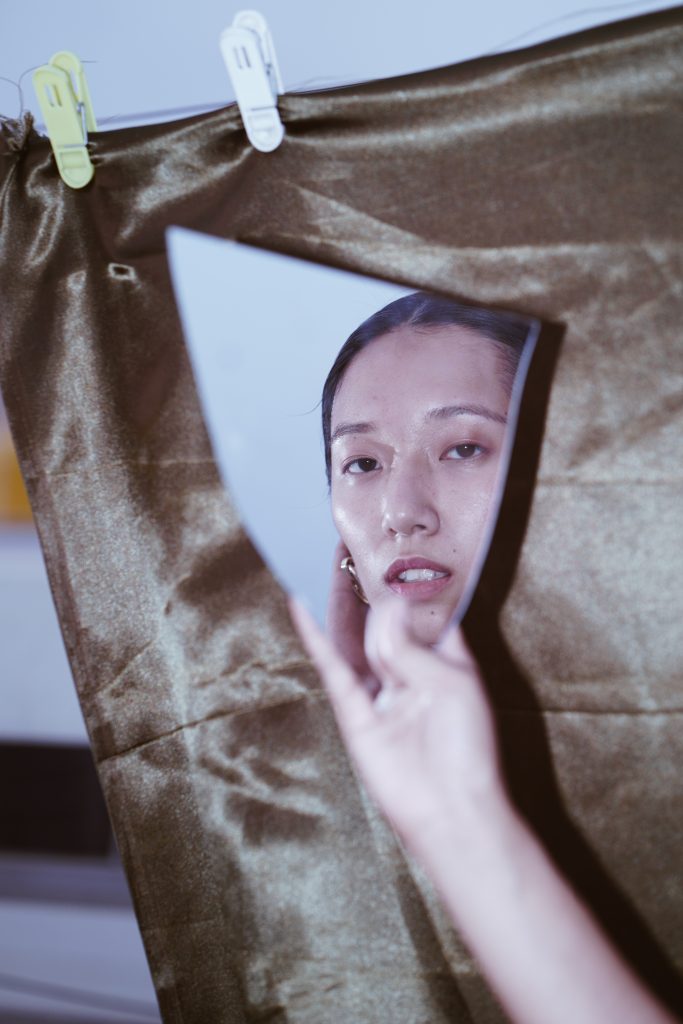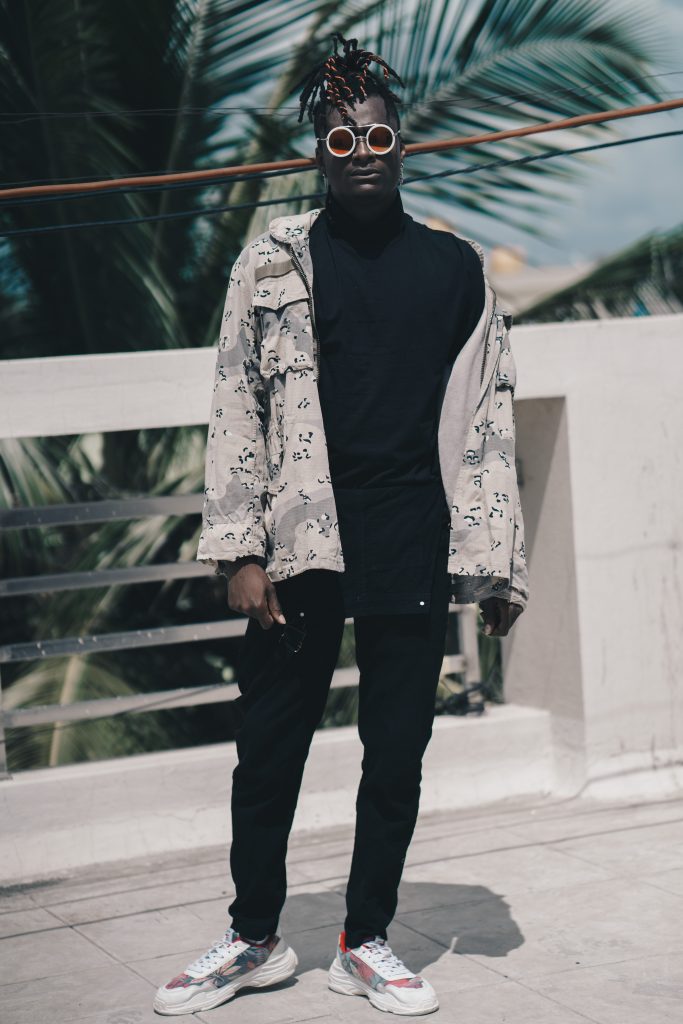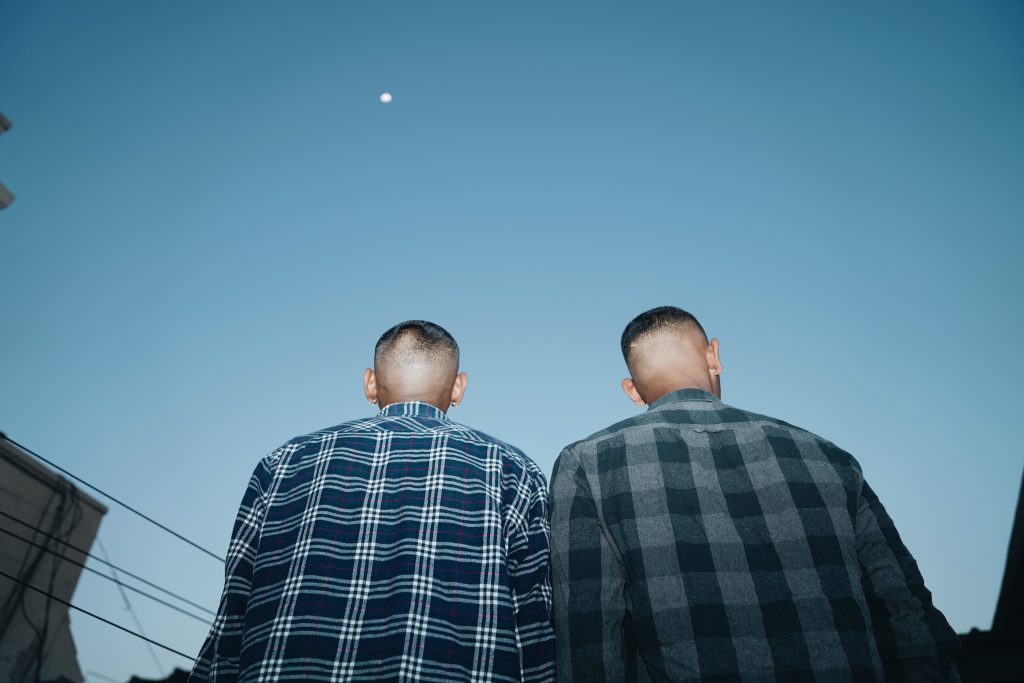Blogs
Photography, Friendships and the Bangalore Urbanscape
Shreya Chitre
A writer’s journey of exploring the ever evolving urban landscape of the city using photography and friendships.
Photography is my preferred language of communication. It is much more than just a language though; for me, it is an immensely beautiful opportunity to develop new relationships, start dialogues and shape people’s perspectives. Until I moved to Bangalore in the summer of 2018 I wasn’t aware of the magnitude of this immense privilege. I landed here fresh out of art school with a job opportunity and my photography equipment, knowing no more than three people in the city. Holding a camera in front of my face while I navigated a new world as a migrant certainly helped open doors. From reaching out to virtual strangers on Instagram to encounters at house parties, I used the medium of photography to befriend, listen and blend in.

Image credit: Shreya Chitre
My first apartment in Bangalore was in the south-eastern part of the city, in an area typical to an outsider like myself. Koramangala is a suburb that came about post independence and attracted migrants from across the country during Bangalore’s late tech boom in the 1990s. It was intended to be a residential locality, which is now home to a mix of commercial structures, great bars and restaurants propping up every month, while being touted as one of the more prominent startup hubs of the Silicon Valley.
The neighbourhood I chose to inhabit had managed to retain an essence of the past with this new age sense of connectivity buzzing through all its exposed wires. Teachers Colony was this chaotic nugget of life amid all the unfamiliarity for me. It has this unapologetic mismatch of colours, shapes and outer façades that remind me of video games I played in the early 2000s. Upon researching, I discovered that this kind of architecture, also found in other southern parts of India, has been quietly inspiring artists for years.
When French photographer Vincent Leroux visited Tiruvannamalai, he found an astonishing resemblance in the town’s architecture with an old Italian art movement called Memphis, founded by the Italian architect Ettore Sottsass. The intersecting geometries, vivid colours and patterns in the houses in South India are just a few of the elements Sottsass might have taken inspiration from while travelling the countryside as a young man in the late 1960s and 70s.
The closeness of the houses made me feel included in the narrative of this city. Getting to know the kind people who agreed to be photographed, while we walked through the busy lanes of the neighbourhood or watched the sun go down on the roof, was slowly becoming a comforting routine. Unconsciously I followed this pattern of hosting, getting to know a person and photographing them against this colourful urbanscape without intellectualising it. Some of the unique faces I photographed are visionary gender non-conforming performance artists, fashion designers, rappers and activists. Hearing their stories of making this place a home made me feel at ease and I absorbed every new fact, idea and way of thinking I was introduced to.

Image credit: Shreya Chitre
The focus of my practice when I make a portrait of a person is to make them feel absolutely comfortable to be the most self-realised version of themselves in that moment. The version that surprises and reminds them of their beauty and potential, unbothered by societal constructs of body image and vanity – a concept fairly new in the dominant beauty culture of India.
The colourful architecture, wires and shapes slowly crept into my photographs, reflecting the discorded harmony of these old and new worlds coexisting. I began to realise how similar I am to this city; how all the people I photographed were mirroring the world we inhabited.
Witnessing several subcultures that are thriving in this city have only continued to allure me to stay and admire. As I write this I only have gratitude for this city and for photography. I hope to continue weaving tales of magical realism with unique residents against this ever evolving urban landscape.

Image credit: Shreya Chitre
Shreya Chitre is a visual content creator for MAP and obsessive streamer of female rappers. Find more of her photography on her instagram @shreyachitre_








